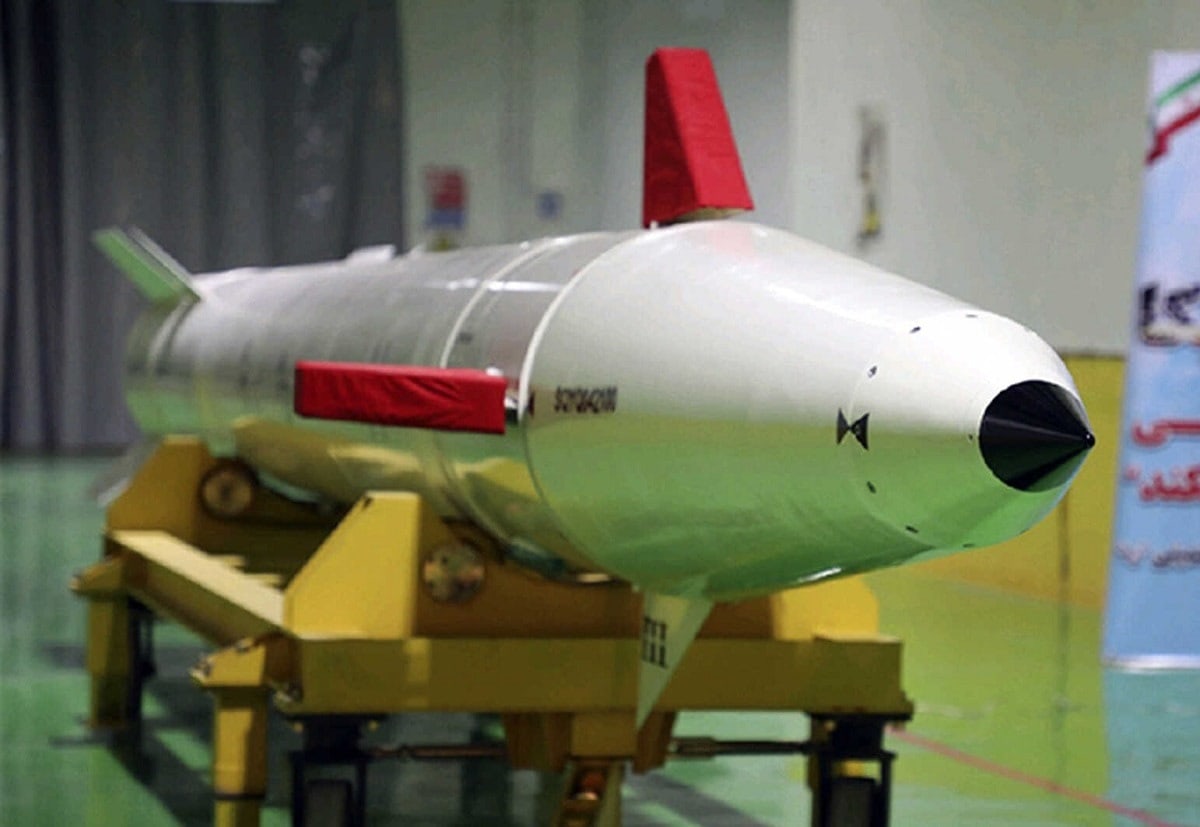Due to secrecy and lack of sources, the true extent of Iran’s weapons of mass destruction (WMD) portfolio has remained uncertain for decades. While the Islamic Republic inches closer to its suspected nuclear breakout time, industry experts and U.S. officials should consider the rogue state’s alternative methods of acquiring materials designed to harm large numbers of people.
While evidence of its raw materials build-up and non-compliance asserts that Iran is indeed moving toward the status of a nuclear-capable state, less is known about the regime’s biological and chemical programs. However, available information on Iran’s biological weapons development indicates the country has participated in this effort in the past and perhaps in the present.
Iran Denies and Hides its Efforts in Secrecy
Similar to Iran’s denial of pursuing nuclear capabilities for malfeasant purposes, the regime has not admitted to ever possessing biological or chemical weapons. Unlike nuclear programs, biological weapons can be easily concealed due to many of the components having dual-use purposes as well as limited necessary equipment. As deduced by a report published by the Center for Strategic and International Studies, any country equipped with even the most basic means of operating biopharmaceutical industrial capabilities has the necessary components to produce biological agents.
However, weaponizing biological agents in terms of a WMD program is a significantly more complex enterprise. According to the Centers for Disease Control and Prevention (CDC), biological agents pose a significant risk to national security since they can be easily disseminated, highly lethal, have the potential to overwhelm public health systems, and can lead to a general state of panic. The intentional dissemination of biological agents has been utilized in warfare for centuries.
Iran’s reported pursuit of chemical and biological agents dates back to the 1980s when the eight-year-long Iran-Iraq war commenced. In addition to the martyrdom missions and brutal asymmetric warfare tactics that were employed in this prolonged conventional battle, the incorporation of chemical weapons made it even more devastating.
Iran Has Used Chemical Weapons
While Iranians unquestionably suffered the most from the chemical attacks carried out by the Saddam Hussein-led Ba’athist forces, the evidence tying the Shah’s regime to biological and chemical agent production at the time also existed. During the war, Iraqi troops used mustard agents among other vicious chemicals in several battles, ultimately killing over 100,000 Iranians. In 1990, a declassified report from the Defense Intelligence Agency asserted that Iran did indeed use chemical weapons later on in the war, “but never as extensively or successfully as Iraq.”
By the end of the war, more reports linking Iran to its potential pursuit of biological weapons emerged. According to CSIS, British and U.S. intelligence sources divulged that Iran was attempting to produce mycotoxins by purchasing two new strains of fungus from the Netherlands and Canada in 1989. These reports came one year after Hashemi Rafsanjani, speaker of Iran’s parliament and future president, stated that “we should fully equip ourselves in defense and offensive use of chemical, bacteriological and radiological weapons.” In 2002, Iran admitted that it had “carried out some defensive studies on identification, decontamination, protection and treatment against some agents and toxins” in a report submitted to the Biological and Toxic Weapons Convention (BTWC).
For over fifty years, the BTWC has functioned to counter the production and spread of biological weapons throughout the world. Iran initially signed on to the international treaty in 1973, publicly decrying all WMD materials and programs. However, reports publicized following the Iran-Iraq and Gulf War indicate Iran has failed to comply with its treaty obligation.
In 1993, over ten Swiss companies were reportedly involved in the exportation of atomic, biological, and chemical equipment to Iran. According to the report, American and Israeli officials labeled Switzerland as “the prime supplier of nuclear equipment to Iran.” A few years later, a 1998 New York Times report detailed Iran’s attempts to secure former-Soviet scientists who were employed by Moscow’s vast germ warfare program. According to the report, over a dozen of the scientists targeted by Iran recall being specifically asked “to help Tehran make biological weapons.”
Since the extent of Iran’s biological arsenal and development is difficult to fully ascertain, the primary source of information concerning the country’s potential programs derives from U.S. intelligence reports. In 1996, the Central Intelligence Agency concluded that “Iran holds some stocks of biological agents and weapons. Tehran probably has investigated both toxins and live organisms as biological warfare agents. Iran has the technical infrastructure to support a significant biological weapons program with little foreign assistance.” In the early 2000s, the State Department twice accused Iran of possessing an offensive biological weapons program in violation of the Biological Weapons Convention, in 2003 and 2005. Also in 2003, a Washington Post report outlined Iran’s production of weaponized anthrax and other pathogens.
For at least four decades, varying degrees of evidence and sources have tied the Iranian regime to biological agents. Iran’s leadership typically justifies its participation in WMD efforts as “defensive,” however, the country’s rhetoric and behavior prove otherwise. Iran’s proximity to achieving its nuclear breakout time does not bode well for the potential progress of its alternate WMD programs.
Maya Carlin is a Middle East Defense Editor with 19FortyFive. She is also an analyst with the Center for Security Policy and a former Anna Sobol Levy Fellow at IDC Herzliya in Israel. She has by-lines in many publications, including The National Interest, Jerusalem Post, and Times of Israel.

